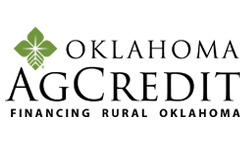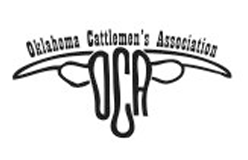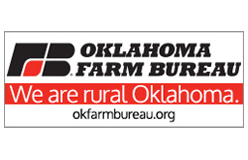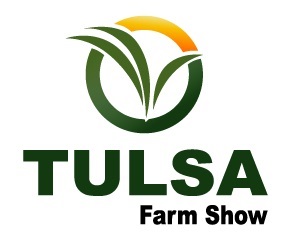
Following the 2025 wheat harvest, Oklahoma State University wheat breeder Dr. Brett Carver has finished digesting the data, and two clear, challenging trends have emerged: the persistence of dry winters and the arrival of new disease pressures in Central Oklahoma.
In a conversation with Ron Hays, Dr. Carver explained how these factors are shaping the performance of current varieties and the future of the OSU wheat breeding program.
Trend 1: The “New Normal” of Dry Winters
The first major takeaway from the 2025 crop was the impact of another “really dry winter,” a pattern Carver has seen emerge consistently since 2021.
“My question is, well, how long is this going to persist?” Carver said. “We’ve gone about five years now, and so you kind of think, well, this may be a pattern that we’re going to be in for a while.”
This climatic shift favors varieties with High Plains genetics, which are bred specifically for winter drought tolerance. “Any of our material that… had that High Plains influence, I could see it. I mean, it really came through,” Carver noted. As a result, the OSU program is shifting a portion of its germplasm to fit this environment, though Carver emphasizes it’s not a “wholesale” change.
Trend 2: New Diseases Arrive
The second major trend is a new and concerning disease pressure, particularly Wheat Streak Mosaic (WSM), which has established itself in Central Oklahoma.
“That’s wheat streak. Wheat streak mosaic,” Carver said. “Anything in the varieties that had a strong Jagger influence really looked good.”
While varieties with Jagger genetics—like OSU’s Showdown (which is 40% Jagger)—performed well, Carver notes this isn’t a simple fix. The disease pressure in the Panhandle is a more complex mix, often including Triticum Mosaic, which Showdown is not equipped to handle.
Adding to the complexity, Carver identified “leaf spotting diseases” as a new major player. “It’s really starting to also rule the land,” he said. “And it’s become one of those top three diseases, I think.”
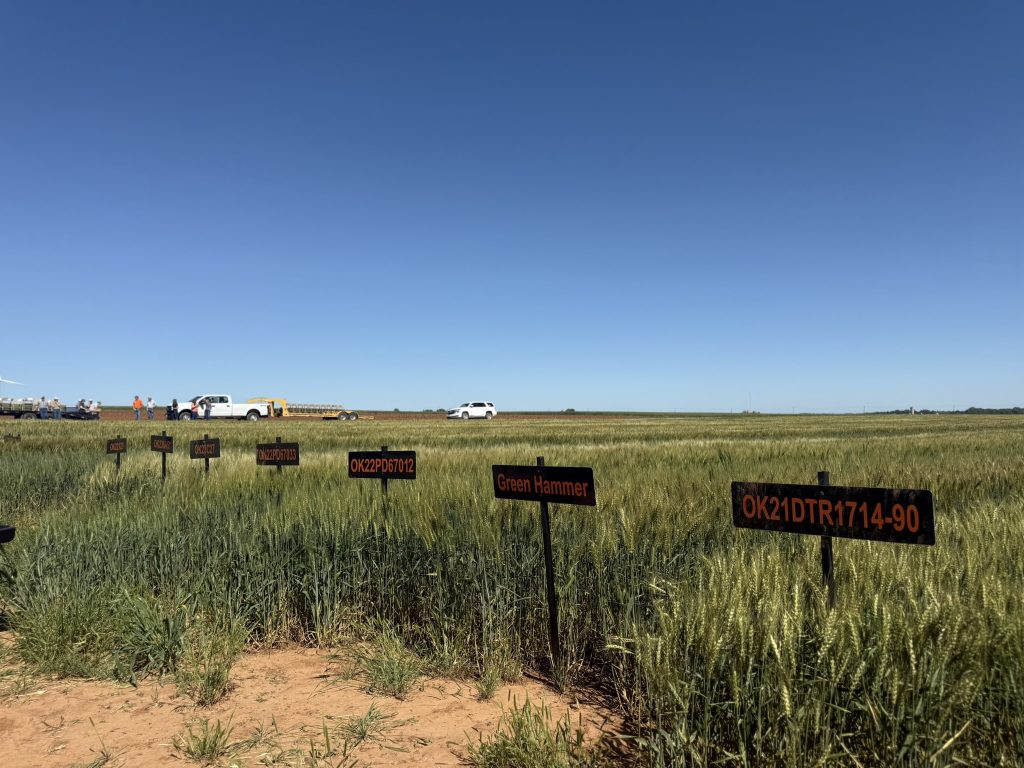
A “Frustrating” Winner: Showdown’s Dominance
When asked which OSU varieties stood out, Carver pointed to Showdown and High Cotton as top performers. In fact, Showdown’s success was “almost to a frustrating extent.”
“I was kind of frustrated to find some of our newer varieties and lines that I want to see take the place of Showdown… they struggled,” Carver admitted. “Well, they didn’t struggle. They just couldn’t beat Showdown.”
This is a problem for the program, as Showdown isn’t the ideal variety for the Panhandle. To meet that need, Carver has “about four” new experimental varieties with WSM and Triticum Mosaic resistance that will be in demos and variety trials this coming year.
Breeding Philosophy: Resistance is the “Insurance Plan”
This new wave of diseases, combined with persistent threats like stripe rust (which was severe in 2021 and 2024), forces a new approach. However, Carver was clear that fungicides are not the whole answer.
“We can’t rely on a fungicide with the viruses,” he said, noting WSM must be managed with genetics and by controlling the “green bridge” of volunteer wheat.
He also holds a firm stance on not releasing varieties that depend on chemical protection. “I learned my lesson on that with Ruby Lee in 2015,” Carver said. “I think when you launch a variety and you say you have to count on using a fungicide… that may be the kiss of death of the variety. I don’t want to give it that kiss.”
Instead, he sees genetic resistance as the “insurance plan,” with fungicides as a complementary tool, not a crutch.
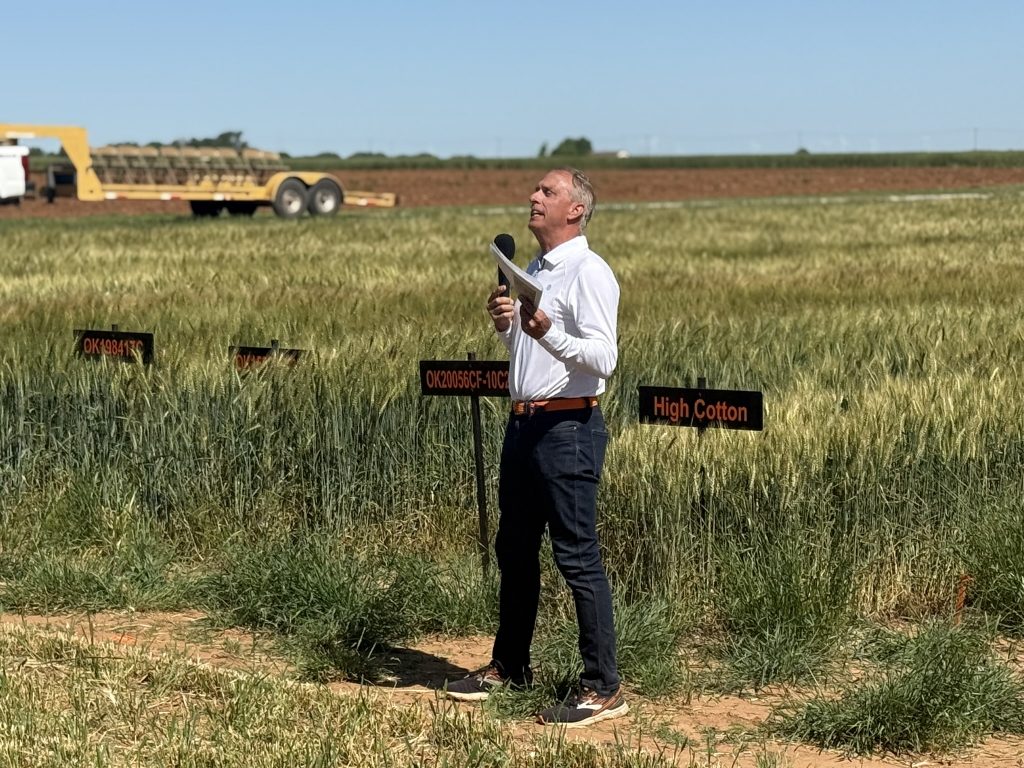
Surprising Yields and Future Goals
Despite the challenges, Carver was “shocked” by the 2025 yields, which topped out in the “high 90s” even on farmer fields. He also noted that test weights held up well, largely because varieties like Double Stop start with such high test weight they “can afford to lose a couple and still be just fine.”
This observation plays directly into his breeding goals. By watching farmer actions—like the enduring popularity of Double Stop—Carver knows his goal isn’t just high yield, but “reliability… and stability of performance.”
To achieve this, the OSU program remains built on a “grazing and grain” foundation. Even if farmers stop grazing, Carver said he would keep the protocol because it’s a powerful tool for selecting stress tolerance. “It exposes the weaknesses,” he said, “like drought susceptibility in the winter.”
The OSU Model: A Unique Partnership
The program’s ability to focus on these long-term, complex traits is possible because of its unique structure, which relies on producer investments.
“The position I have, it’s an endowment… it was the first wheat chair in the country,” Carver said.
He also credits the creation of Oklahoma Genetics, Inc. (OGI) as essential to the program’s survival. A significant portion of certified seed sales returns to the program, funding the next generation of varieties.
“I don’t think we’d be in existence today without it,” Carver stated. “And I wanted to pay… I wanted to pay off for those that did make that decision. So we will continue to do that. Count on it.”


